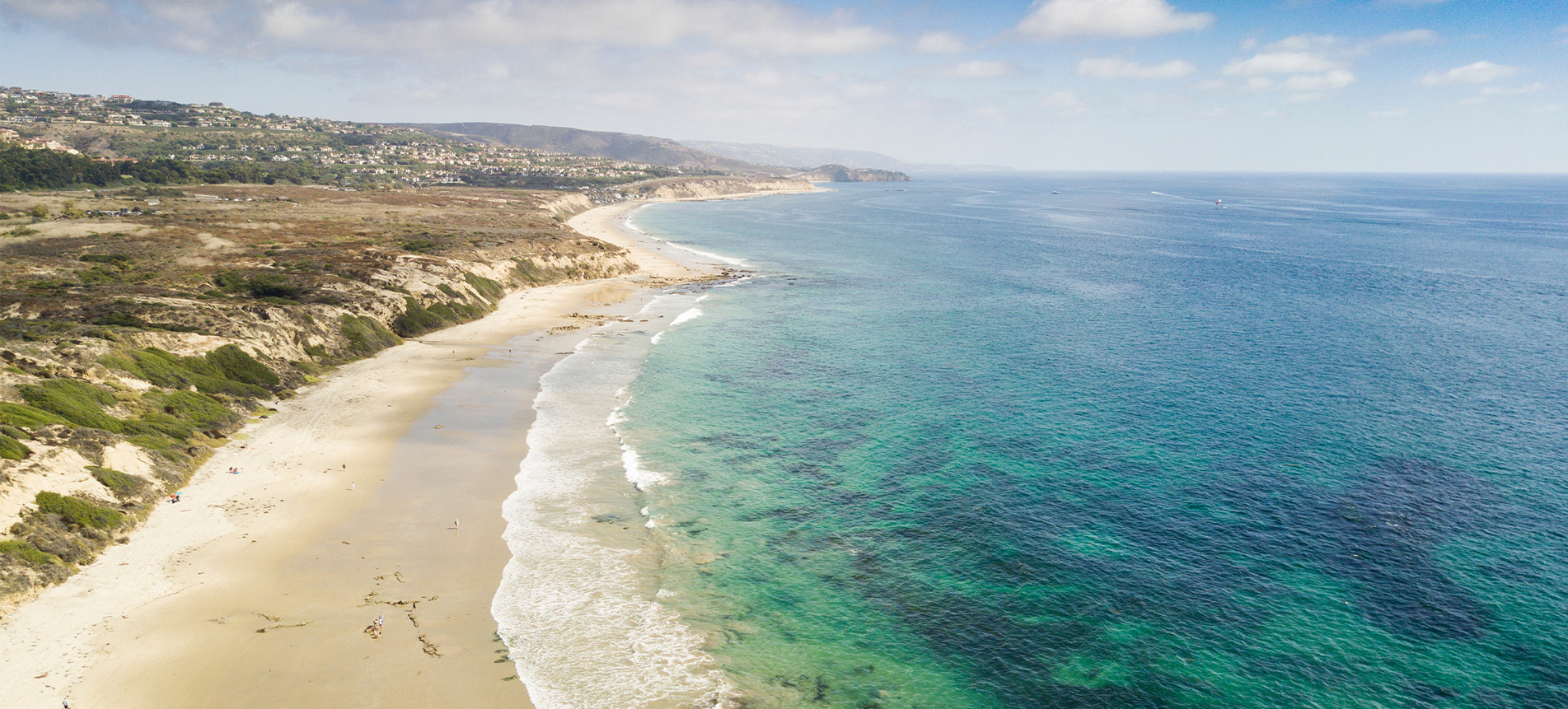Expertise in Facial Rejuvenation
Facial Fat Grafting
As a natural part of aging, the tissues of the face thin and the skin sags. Acne scars, other scars, thin lips, and lack of contours in the face are also common problems many people face. Facial Fat Grafting is a procedure done to correct these problems. Fat is removed via cannulas from a collection area on the body and then injected into regions of the face to restore a full and youthful appearance.
To learn more about facial fat grafting in Newport Beach with Dr. Keyian Z. Paydar, schedule your personalized consultation by calling (949) 755-0575 or by filling out our online form.
Who is a Facial Fat Grafting Candidate?
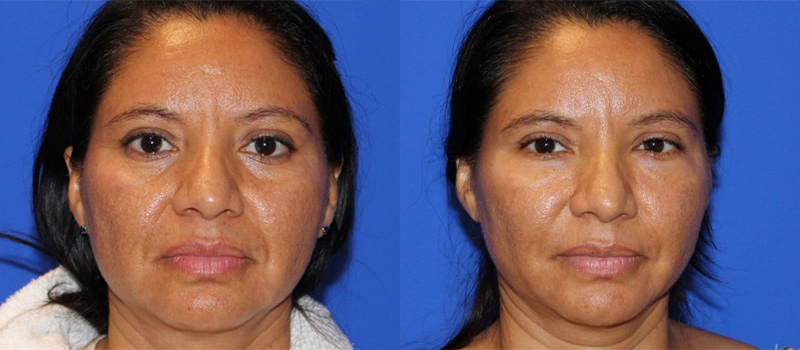
Common patients for facial fat grafting are those who have lost the full and attractive contours in their face due to natural aging processes. Fat grafting is effective for treating most cases of unwanted lines, folds, and sagging in facial features. Potential patients who simply are displeased with the contours of their face may be candidates for this procedure as well. Other commons symptoms that can be treated with facial fat grafting are acne scars, depressed scars, and thin lips.
How do I prepare for my Newport Beach Facial Fat Grafting Procedure?
Dr. Paydar will evaluate your health, determine where fat deposits lie and assess the condition of your skin for fat harvesting. Your face will be evaluated for areas with fat deflation or contour changes to assess amount of fat needed for filling. Dr. Paydar will give you specific instruction on how to prepare for surgery, including guidelines on eating and drinking, smoking, and taking or avoiding certain vitamins, and medications. If you smoke, plan to quit at least four weeks before your surgery and not to resume for at least six weeks after your surgery. You should arrange for someone to drive you home and assist with your care for a day post-surgery.
What happens during Facial Fat Grafting?
Anesthesia is applied to treatment areas to minimize discomfort during the procedure. No surgical incisions are made during facial fat grafting. A syringe with a cannula is used to collect fat from other areas of the patient’s body, primarily the abdomen, inner thighs or flanks. This collected fat is cleansed and purified through professional techniques. When the collected fat is ready for implantation, it is injected into the areas of the face where increased contour and filling is desired.
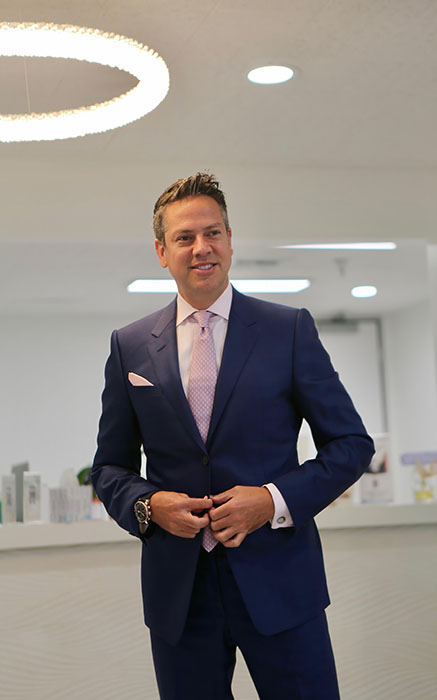
Excellence & Artistry
Dr. Keyian Paydar is an award-winning clinical professor and board-certified plastic surgeon with over 20 years of experience. He performs a full spectrum of aesthetic plastic surgery procedures, including breast enhancement, tummy tucks, and liposuction, in addition to face procedures like facelifts, brow lifts, fat injection, and eyelid surgery.
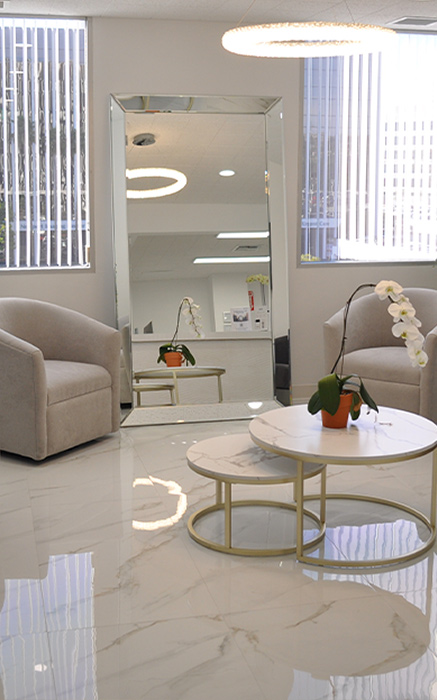
What is the Facial Fat Grafting Recovery Process?
Upon completion of the facial fat grafting procedure, it is common to experience some discomfort and swelling in the areas that were treated. Bruising in the face is another common effect for postoperative patients who have received facial fat grafting. Patients are expected to be able to return to normal activities a few days after the procedure. Full recovery and normal skin conditions may take up to six weeks to accomplish.
It is important to note that fat is naturally absorbed into the body. It is possible for treated areas to slowly be reabsorbed back into the body, thus lessening the outcomes of this procedure. A facial fat grafting should ideally have lasting results for about three years. Additional treatments may need to be administered if these natural effects occur. This will help to ensure lasting results for this procedure.
What are the Risks of a Facial Fat Grafting?
Under the care of an experienced, board-certified plastic surgeon like Dr. Paydar, facial fat grafting risks are very infrequent. The most common risk associated with the procedure is that the body will not retain all of the fat. In general, patients can expect 30 to 50 percent fat reabsorption, but the number can be higher in rare cases. Unpredictability of the fat graft take may necessitate a second operation. Common side effects include bruising, swelling, numbness, altered sensation, etc., but each of these should be temporary if experienced at all. In the hands of a skilled facial plastic surgeon, other more serious risks are extremely rare. Dr. Paydar will assess you to ensure you are not at an elevated risk for potential complications.
What are the Risks of a Facial Fat Grafting?
Risks include firm fat nodules that necessitate removal, the formation of fat or blood clots that may migrate to the lungs and cause death; excessive fluid loss, which can lead to shock; friction burns or other damage to the skin or nerves, and possible contour irregularity and pain to donor sites. Numbness and pigmentation changes may also occur. Smokers are advised to stop smoking 4 weeks before and after surgery, as smoking may increase the risk of complications and delay healing. You can reduce your risk of complications by closely following your surgeon’s instructions before and after the surgery, especially with regard to when and how you should resume physical activity.
